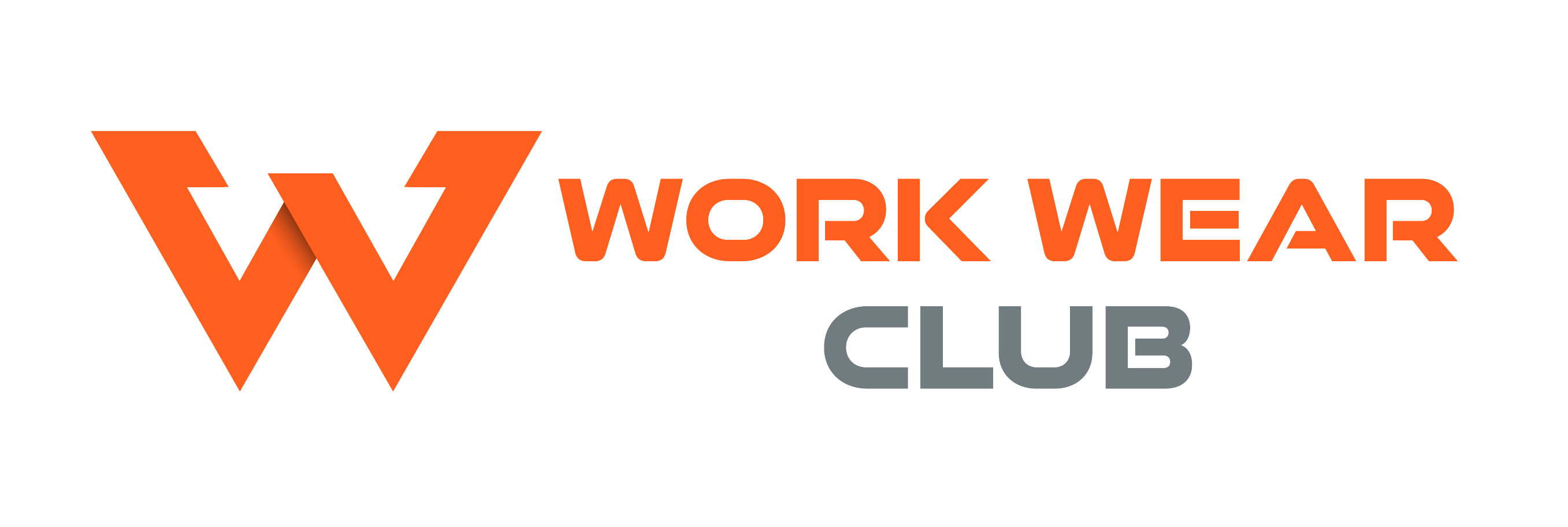The Evolution of Workwear Uniform
19th Aug 2024
In today’s ever-evolving workplace, workwear uniforms have become more than just practical attire. They serve as a symbol of identity, unity, and professionalism. But how did we get here? Let’s explore the fascinating journey of workwear uniforms, from their humble beginnings to their current status as a fashion statement.
The Origins of Workwear Uniforms
Workwear uniforms have a long history, dating back to the industrial revolution in the 18th century. As factories sprouted across Britain, workers needed clothing that was durable and practical. The early workwear was all about functionality—designed to protect workers from the harsh conditions of their environment. Heavy cotton, wool, and leather were the materials of choice, providing much-needed protection against dirt, grime, and hazardous work conditions.
These uniforms were not just about protection; they also fostered a sense of unity among workers. Everyone wore the same attire, creating a level playing field where status and personal wealth were irrelevant. This egalitarian approach was particularly important in industries like mining, manufacturing, and railways, where teamwork was crucial.
The Rise of Corporate Identity
As the 20th century progressed, the role of workwear uniforms began to shift. With the rise of large corporations, uniforms became a tool for branding and corporate identity. Companies realised that a uniform could be more than just functional; it could also serve as a walking advertisement.
In industries such as retail, hospitality, and transportation, uniforms were designed to reflect the company’s brand. Colour schemes, logos, and even the cut of the uniform were carefully chosen to align with the company’s image. This shift marked the beginning of uniforms as a form of communication—a way to convey a company’s values and ethos to both employees and customers.
Workwear Meets Fashion
In recent years, workwear has undergone another transformation, this time influenced by fashion. The line between workwear and casual wear has blurred, with elements of traditional work uniforms finding their way into everyday fashion. The rugged charm of workwear—think denim overalls, steel-toed boots, and flannel shirts—has been embraced by designers and consumers alike.
This trend is not just about aesthetics; it’s also about functionality. Modern workwear uniforms are designed to be comfortable and practical, incorporating advanced fabrics and ergonomic designs. Whether it’s moisture-wicking materials for hot environments or insulated clothing for cold conditions, today’s workwear is as much about performance as it is about style.
Sustainability and Ethical Workwear
As the world becomes more conscious of environmental and ethical issues, the workwear industry is also shifting towards sustainability. Many companies are now opting for eco-friendly materials and ethical manufacturing practices. This move is driven by a growing demand from both consumers and employees who are increasingly aware of the environmental impact of their clothing.
Recycled materials, organic cotton, and fair-trade production methods are becoming standard in the workwear industry. This not only reduces the environmental footprint but also ensures that workers in the supply chain are treated fairly and work in safe conditions.
The Future of Workwear Uniforms
So, what does the future hold for workwear uniforms? As workplaces continue to evolve, so too will the uniforms we wear. With the rise of remote working and the gig economy, traditional uniforms may become less common, replaced by more flexible and personalised options. However, in sectors where uniforms remain essential, we can expect to see continued innovation in materials, design, and sustainability.
Workwear uniforms have come a long way from their origins in the industrial revolution. Today, they are not just a necessity but a reflection of our values, our identity, and our commitment to sustainability. As we move forward, the workwear uniform will continue to adapt, balancing functionality with fashion, and practicality with personality.
In the end, workwear uniforms are much more than just clothing—they are a statement, a symbol, and a legacy.

 British Pounds
British Pounds
 United Arab Emirates Dirham
United Arab Emirates Dirham
 Canadian Dollar
Canadian Dollar
 Euro
Euro
 US Dollar
US Dollar
 FREE UK DELIVERY ON ALL ORDERS OVER £75
FREE UK DELIVERY ON ALL ORDERS OVER £75




